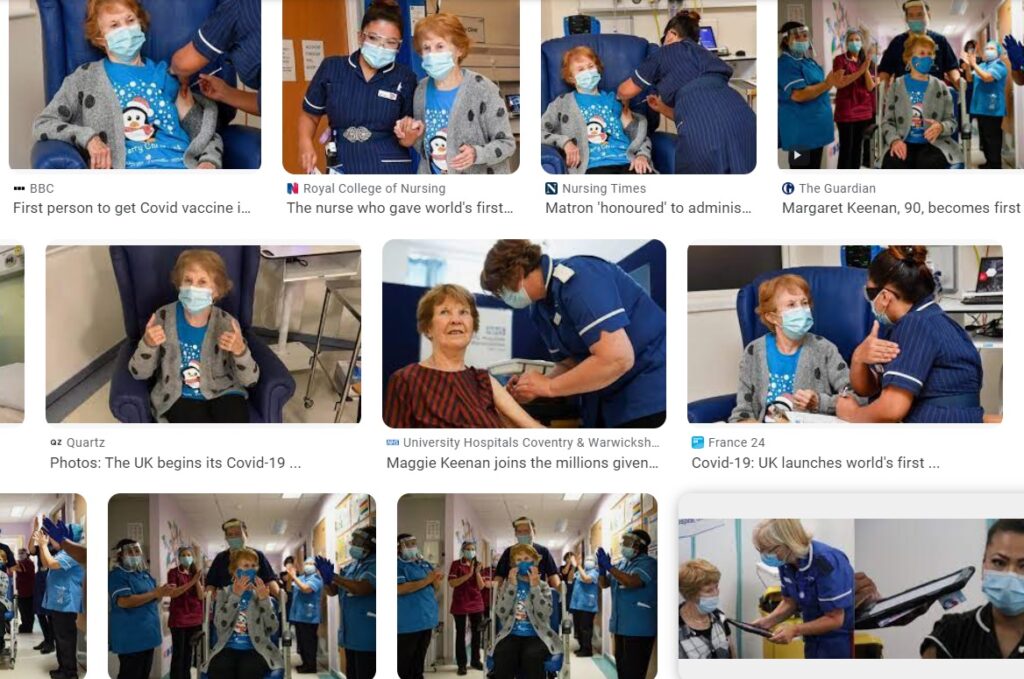The power of storytelling in health service communications
NHS communicators are key influencers in terms of the health of the nation.
Stories influence what people think, they can persuade people to take an action, they can be used to find common ground or build relationships, and they offer a method to package information in a way that is emotive and memorable.
Topic-based strategic communication (TSC) helps organisations decide what stories are important and what reflects them.
Because NHS communicators tend to have broad skill sets, they are well placed to become storytellers of their institutions rather than mechanical sharers of information or experts in the technical elements of digital channels.




